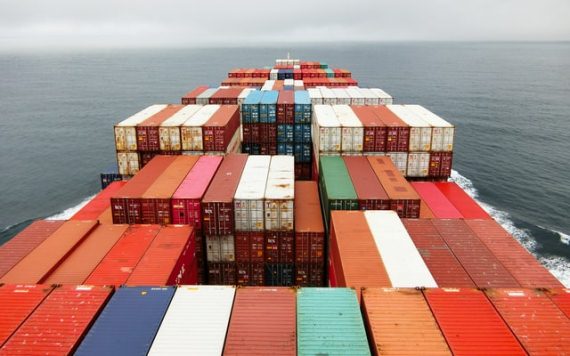- The new version of the Harmonized System (HS) Nomenclature will enter into force on January 1, 2022
- It is already available for free on the organization’s database platform
- The latest edition introduces significant changes with more than 350 new entries covering a wide range of goods
The World Customs Organization (WCO) announced that the new version of the Harmonized System (HS) Nomenclature is already available for free on the organization’s database platform.
The new version of the HS Nomenclature will enter into force on January 1, 2022 but is already accessible at the WCO Trade Tools website www.wcotradetools.org.
WCO Trade Tools is the new online database that encompasses the last five editions of the HS and functionalities to support international trade actors in classifying goods and determining the corresponding Customs taxes and tariffs, WCO said in a September 15 statement.
The platform offers a single point of access to the Harmonized System, preferential Rules of Origin, and Valuation through a completely new, user-centric and ergonomic interface.
“Accessible, free of charge, as of today on WCO Trade Tools, this 2022 edition introduces significant changes with more than 350 new entries covering a wide range of goods,” WCO said.
The HS Nomenclature is revised every five years to reflect the ever-changing trading practices. The latest edition also added and gave greater visibility to several high-profile product categories, such as edible insects, drones and e-waste.
Explanatory Notes and Classification Opinions will be published by the end of 2021, both readable online through subscription only.
The HS code has become a universal economic language essential to the fluidity of international trade. The latest edition is the seventh edition of this global standard, used by over 200 countries and economic or customs unions (including the 160 contracting parties to the HS Convention) for classifying goods in international trade. Over 98% of merchandise in international trade is classified in terms of the HS.
The WCO defines rules of origin as “the specific provisions applied by a country to determine the origin of goods and using principles established by national legislation or international agreements.” Rules of origin, shortened as ROOs, will establish if goods are eligible for preferential tariffs (duty-free or reduced duties) based on the free trade agreement decisions.
Along with the classification of goods and the determination of their origin, the valuation of merchandise is essential to the application and calculation of customs tariffs.
Photo by Rinson Chory on Unsplash









